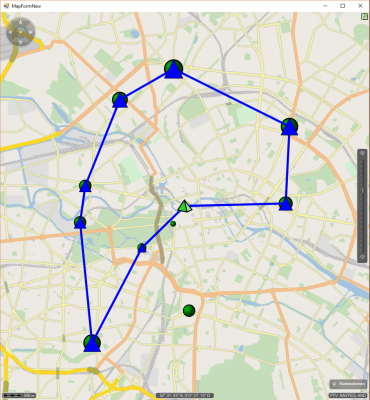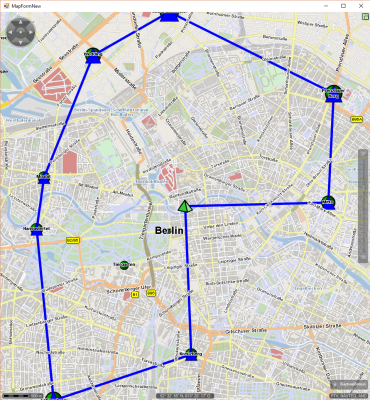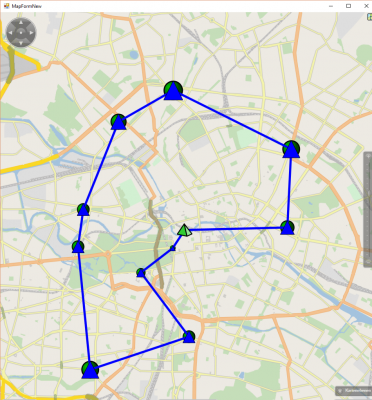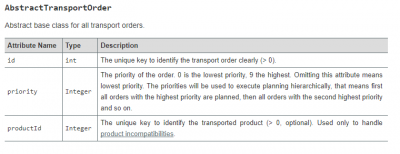Hi there,
today I was asked by a customer why his result of a tour planning call looked like this (size of the Ball indicates PRIO):
His question was "why do you sacrifice high prio against low prio?"

- One medium prio order in the south remains unscheduled though there's an order with lower priority (south west of the depot) which is scheduled. The reason for this is a lack of time. Even without the low prio orders it wouldn't be possible to serve the medium prio order: it would require a detour that would crash the time scheme.

- In this example I gave the vehicle some more time so it was possible to perform the detour. The medium prio order is schedulde and both low prio order are sacrificed.

- now with even more time being operational almost all the orders are scheduled, even the smallest one.
On a more generic perspective: internally we use hierarchical planning, i.e.
- first we schedule prio 9 orders - but it could happen that some of them couldn't be planned. Then we sort them out
- then we try to add the prio 8 orders to the temporary solution. Once again those who were not scheduled are sorted.
- then we try to add the prio 7 ...
- finally we try to add the prio 0 (and those without prio)

- priorities are properties of the AbstractTransportOrder class
So that's it - no magic, no error, not a bad sacrifice - just needs an explanation sometimes.
Best regards,
Bernd